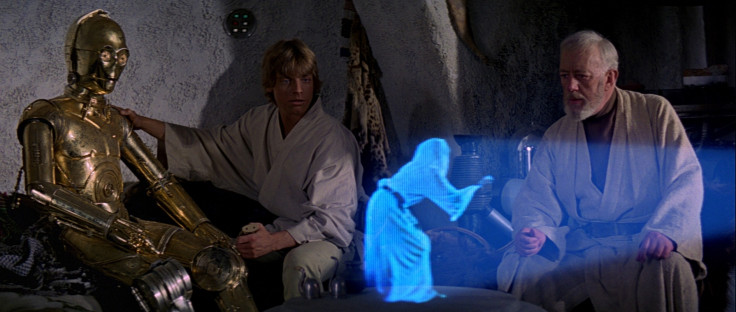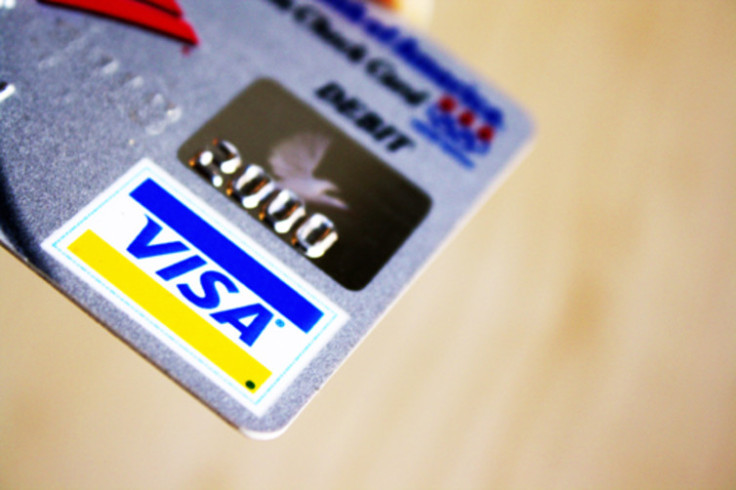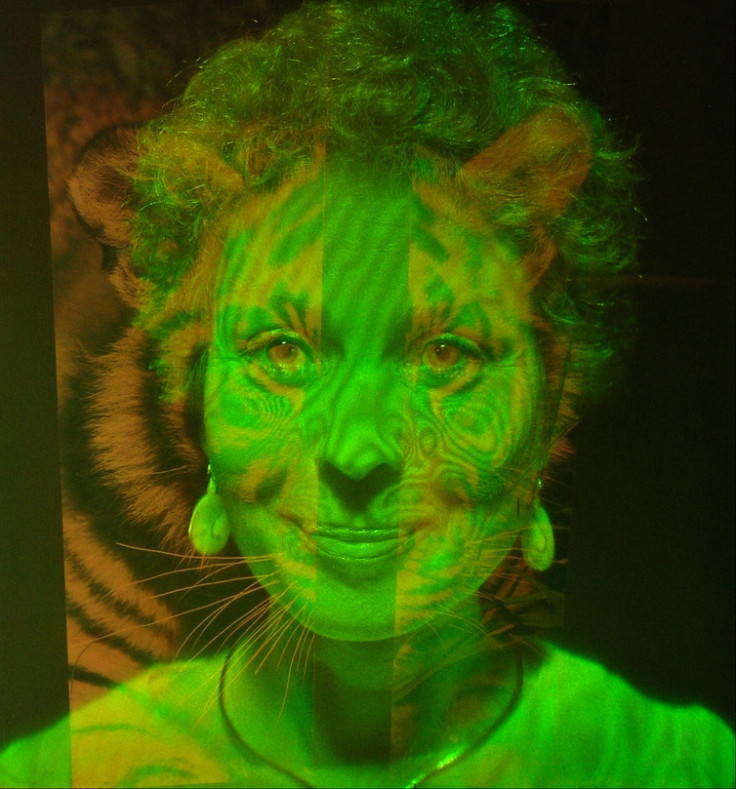Five ways holograms are changing the world
From military to medical and art, holograms have gone from stage tricks to transforming major industries.

Andrew Pepper, Nottingham Trent University
We seem to be fascinated by holograms or at least the promise of what they can do. Think the famous Princess Leia projection in Star Wars; holographic fashion shows in New York, Hamburg and Beijing; the massive success of synthetic pop star Hatsune Miku in Japan, or recent reports of holographic politicians in France.
Technically, all of these are misrepresentations of holography – either special cinematic effects, video projections onto water and smoke, or a hi-tech version of an old Victorian stage trick called Pepper's Ghost. But holograms are big business. It is suggested that by 2020 the market for genuine, display holograms will be worth US$5.5 billion – so how are they impacting society? Here are five of the most incredible ways they are being used.
Military mapping
Geographic intelligence is an essential part of military strategy and fully dimensional holographic images are being used to improve reconnaissance. One American company has delivered over 13,000 3D holographic maps of "battle-spaces" for the US army. This allows soldiers to view three-dimensional terrain, look "around" corners and helps with mission training.
The company does this by taking complex computerised image data, which they make into a holographic sheet. Not only can users "look into" the high quality 3D image of the terrain stored in the hologram sheet, but the technology is simple to use and can be rolled up for easy storage and transportation. It all sounds very Star Wars, but the maps are also useful in disaster evacuation and rescue scenarios.

Being able to "unroll" an accurate 3D holographic image of new terrain clearly offers strategic advantages, but such technologies also generally filter down to wider society. Perhaps we can expect flexible 3D Google Maps at some point.
Information storage
We now generate huge amounts of data. Digital storage capacity increases (and becomes cheaper) every year and we have an insatiable desire to store our data and keep it for a lifetime. Just think about your own computer and the hundreds of gigabytes of information it can store, from family photos to videos and documents. Now consider your storage disc – and everyone else's – being corrupted and the vast losses involved. All very timely, given the recent WannaCry ransomware attack, which effected 150 countries.
A holographic image is stunningly realistic because the recording process stores all of the information about the light reflected from the recorded subject. That is a massive amount of information.
But holograms don't have to record information about a visual object – they can also record pure data, pages and pages of it. This means that holograms can, potentially, store unthinkable amounts of information. Not only can the prototype systems store 4.4m individual pages of information on a disc similar to a DVD, but they offer long-term security, too.
If you make an optical hologram of a page of information and then smash it, for example, you can reconstruct it from any of the pieces. This makes holographic data storage extremely reliable. Unlike CDs and DVDs, which store their data on the disc's surface, holograms store data in three dimensions and those pages can overlap in the storage space.
Researchers have been suggesting the possibilities of holographic data storage for over 50 years and it looks like they are getting closer to a usable system. Indeed, as computing begins to be based on light (photons), rather than electricity (electrons), holographic storage could one day be the storage solution of choice.
Medical
Holography could also revolutionise medicine, as a tool for visualising patient data while training students and surgeons.
Many medical systems generate complex data using advanced imaging technology, such as Magnetic Resonance Imaging (MRI) and ultrasound scans. Normally, that electronic information is used to display a flat image on a computer screen, but it can also be used to produce full colour, computer-generated 3D holographic images.
A company in Scotland has been successful in using this kind of data to produce 3D images for training and display. The advantage here, as with all "real" holograms, is that no special viewing devices, or glasses, are needed. Students and doctors can simply "look", unhindered, at the three-dimensional images.
Storing several different images in the same hologram means that the viewer can move around the display, allowing them to examine different organs or body parts. To date, the company has produced 3D holographic images of structures including the brain, liver, lungs, heart, skeleton, vascular system, nerves and muscles.
This may appear to be the stuff of science fiction but a commercial industry is now rapidly growing around these technologies.
Fraud and security
Holograms are complex optical devices and difficult to make, which gives them an incredible advantage in the commercial security market.

You probably have a security hologram in your pocket at the moment. That small silver rectangle of a dove on your credit card is a white-light, mirror-backed, transmission hologram. It displays a three-dimensional image which is visible as you move from side to side, and changes colour as you tilt your card up and down. It's very easy to manufacture en masse – but also extremely difficult to forge.
Bank notes have also championed the use of secure holograms. The reflective strip on the new UK polymer £5 bank note contains an image of Big Ben and uses holography to produce a set of changing colours as you tilt the note, as well as a 3D image of the coronation crown, which can be seen "floating" above it.
If you like a tipple and want to be sure you are drinking the "real deal", winemakers in South Africa are also adding holographic labels to their bottles to reassure buyers that they contain vintage wine rather than a less delicious counterfeit.
Art
Artists became involved with holography almost as soon as it became a practical optical process. In the UK, Margaret Benyon, the "mother" of British creative holography, managed to secure access to complex and expensive holographic recording equipment as early as 1968, on an arts fellowship in the mechanical engineering department at Nottingham University. Much of what she discovered there laid the groundwork for her interest in the critical discussion around the process and its use by artists. She eventually submitted a doctoral thesis, which questioned and investigated the "Art of Holography".

Around the world, there are pioneering artists using the three-dimensional recording opportunities of holograms to bend and cut space; construct multiple, visually solid, objects in the same volume; combine collections of still images or video to produce animated 3D works, and to sculpt pure light.
Most recently, a show of creative holography took place in central London; an international selection of artists are currently contributing work to an exhibition on Governors Island, New York, which runs over the summer; and artists from Italy, Canada, the UK and US have been selected for an exhibition utilising holography and media arts in Santa Fe, New Mexico in June. During 2018, an academic symposium in Portugal for artists and scientists, wanting to discuss the progress of holographic art and technology will take place.
We think of holography as something that jumps out and pokes us in the eye, but a great deal of work and research is actually quietly taking place in labs and studios around the world. What's more, the applications are changing lives, saving lives and stimulating creative and intellectual discussion.
The future is bright – the future might just be holographic.
Andrew Pepper, Senior lecturer in Fine Art, Nottingham Trent University
This article was originally published on The Conversation. Read the original article.
© Copyright IBTimes 2025. All rights reserved.





















